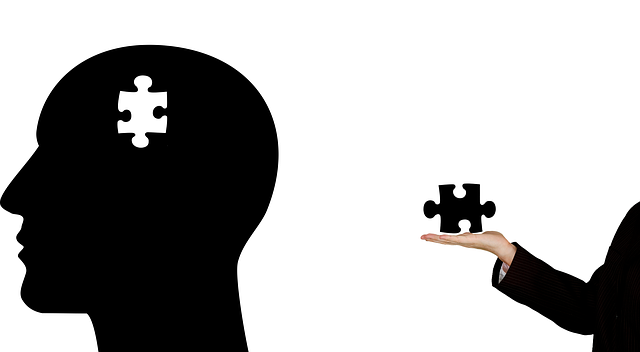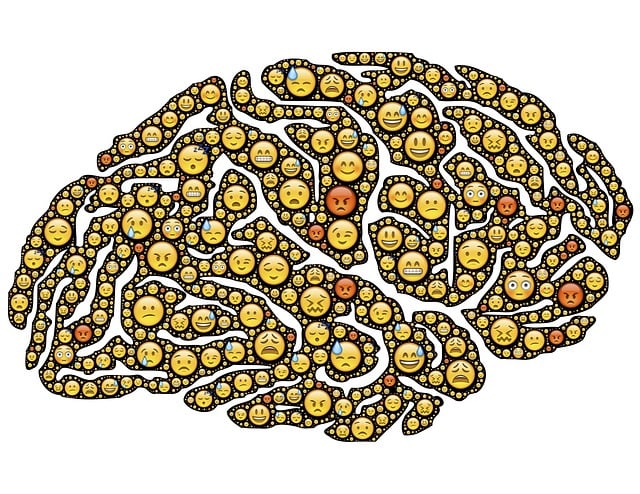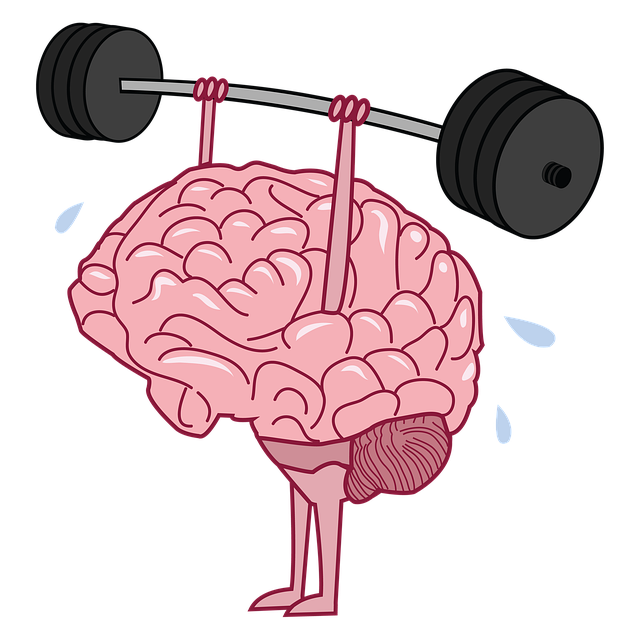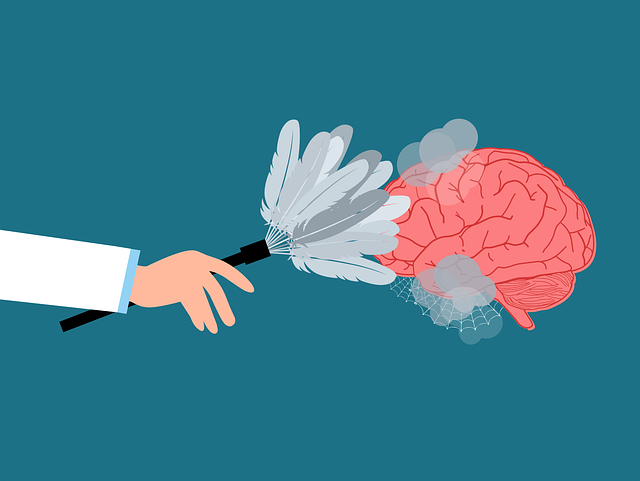Englewood Adjustment Disorder (EAD) severely impacts individuals' ability to cope with life's stressors, arising from traumatic experiences and manifesting as anxiety, depression, and irritability. Mental health professionals conduct comprehensive risk assessments to tailor holistic treatment plans focusing on empathy building and self-esteem enhancement for EAD patients. The goal is to develop resilient coping mechanisms by addressing symptoms and root causes. Englewood Adjustment Disorder Therapy (EADT) employs evidence-based techniques, measures success through data analysis, and adapts strategies based on participant feedback to improve mental wellness and resilience.
Englewood Adjustment Disorder (EAD) can profoundly impact individuals, affecting their ability to cope with stress and navigate life’s challenges. This article explores a powerful approach to resilience building through RFM (Resourceful Adaptation Model) therapy. We delve into the mechanisms of EAD and its symptoms, uncovering how RFM becomes a transformative tool.
Learn about practical resilience exercises, offering a step-by-step guide for professionals implementing these techniques. Discover methods to measure success and foster continuous improvement in EAD therapy, empowering individuals to build mental fortitude and enhance their overall well-being.
- Understanding Englewood Adjustment Disorder and Its Impact
- The Role of RFM in Resilience Building
- Implementing Resilience Exercises: A Step-by-Step Guide
- Measuring Success and Continuous Improvement
Understanding Englewood Adjustment Disorder and Its Impact

Englewood Adjustment Disorder (EAD) is a mental health condition that significantly impacts individuals’ ability to cope with life’s challenges and stresses. Often arising from traumatic or highly stressful events, EAD can manifest as a range of symptoms including anxiety, depression, irritability, and difficulty adjusting to everyday situations. This disorder isn’t just about feeling overwhelmed; it profoundly affects an individual’s functioning in various aspects of life, such as work, relationships, and overall well-being.
For mental health professionals dealing with EAD clients, conducting a thorough risk assessment is crucial. This involves understanding the client’s history, current circumstances, and potential triggers to guide effective therapy. Strategies like empathy building and self-esteem improvement can be instrumental in treating EAD. By fostering an environment of trust and understanding, therapists enable clients to develop coping mechanisms that enhance resilience. In addition, integrating these strategies into treatment plans ensures a holistic approach, addressing both the symptoms and underlying causes of EAD.
The Role of RFM in Resilience Building

Resilience is a vital asset in navigating life’s challenges and setbacks, especially for individuals dealing with mental health conditions like Englewood Adjustment Disorder (EAD). Here, Role of RFM (Reliability, Flexibility, and Mastery) comes into play as a powerful framework for building resilience. Through RFM therapy, clients learn to enhance their sense of self-efficacy, a key component in managing symptoms and improving overall well-being.
RFM exercises focus on fostering reliability by teaching coping strategies to deal with stress and anxiety effectively. This involves identifying personal strengths and resources, which helps individuals feel more prepared to face difficult situations. Flexibility is encouraged by exploring alternative perspectives and problem-solving techniques, allowing for adaptability in the face of change or adversity. Mastery, on the other hand, is achieved through goal setting and skill development, empowering clients to take control and manage their mental health actively. By integrating these concepts, Englewood Adjustment Disorder Therapy not only aids in Mood Management and Stress Management but also contributes significantly to Mental Illness Stigma Reduction Efforts by promoting self-empowerment and a sense of agency among participants.
Implementing Resilience Exercises: A Step-by-Step Guide

Measuring Success and Continuous Improvement

Measuring success is a vital component of any resilience-building program, allowing practitioners to understand the impact and effectiveness of their exercises. In the context of Englewood Adjustment Disorder Therapy (EADT), this involves tracking participant progress, such as reductions in symptoms of anxiety, depression, or stress, as well as improvements in coping mechanisms. Quantitative methods, like surveys and assessments, can provide structured data on these changes, while qualitative feedback from participants offers deeper insights into their experiences. Regular reviews enable therapists to refine and adapt the program, ensuring it aligns with the evolving needs of those seeking support.
Continuous improvement is a cornerstone of successful resilience-building initiatives. By analyzing outcome measurements, therapists can identify areas where the program excels and aspects that may require enhancement. This iterative process encourages the development of more effective strategies for self-care routine development, as highlighted in our Mental Wellness Podcast Series Production, which emphasizes the importance of mental health awareness. Through this data-driven approach, EADT can evolve to better serve individuals aiming to enhance their mental wellness and overall resilience.
Englewood Adjustment Disorder (EAD) significantly impacts individuals’ daily lives, but with the right tools, resilience can be built. The RFM (Resources, Factors, and Methods) model plays a pivotal role in this process, offering a structured approach to resilience-building exercises. By following a step-by-step guide, as outlined in this article, therapists can effectively implement these exercises, helping clients manage stress and adversity. Continuous improvement is key, and measuring success through regular assessment enables tailoring of the therapy to each individual’s unique needs, ultimately fostering greater resilience and enhancing their coping mechanisms for life with EAD.














